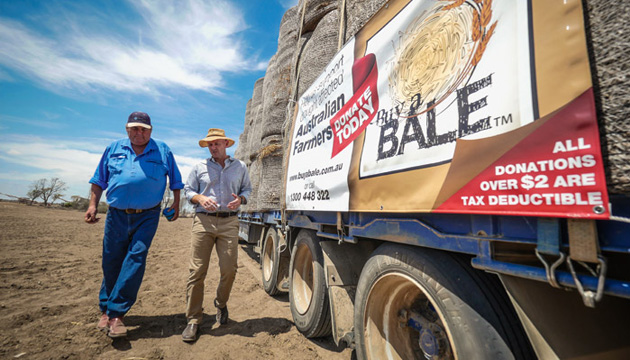Philanthropy is big business in rural and regional Australia, with many donors giving back to the country, and communities taking on their own fundraising.
Story By Genevieve Barlow
Bush philanthropy involves so much more than money. It includes thousands and thousands of volunteer hours of sausage sizzling and tin-can shaking and organising (everything from school-trivia nights to bush races to fashion parades and agricultural shows and gymkhanas) to raise funds to keep rural and remote communities alive. It also includes freely given expertise, the value of which isn’t always possible to tally up but which is vital.
Take Denise Hagan, the former senior Queensland Government bureaucrat who, upon retiring, upped stumps and moved to Lockhart River, one-and-a-half day’s drive north of Cairns, where the 700-strong Indigenous community partnered with her and philanthropists to start their own foundation. It’s called the Puuya Foundation, meaning heart or life force. It’s a reconciliation agency and a vehicle for addressing the community’s incredible disadvantages. Denise first went there for three months to help build the community’s capacity to address its challenges. She stayed six years. “When I retired I was transferred back to Brisbane, but I decided I only had one life, so I left and came back up again,” she says.
In dollars alone, Australia’s total ‘give’ is estimated to be $8.6 billion, or about eight per cent of income. Dr Wendy Scaife, acting director of the Australian Centre for Philanthropy and Non-Profit Studies at Queensland’s University of Technology, says giving levels are related to the economy and employment. “In times of high property-value growth and strong employment, giving thrives,” she says. “There’s been a bit of a downturn from factors like the global financial crisis and its aftermath, but on a long-term basis giving trends are very, very good.”
There are also more structured and formal forms of giving. Among these are community, family and public foundations and charity funds, which can claim tax deductions for their giving. Most are registered as either private or public ancillary funds with the Australian Tax Office (ATO) and have deductible gift-recipient status. Families and individuals usually establish private ancillary funds and have to distribute 5% of their net assets annually. Public ancillary funds are obliged to raise funds publicly and have to distribute 4% of their net assets annually.
There are 1357 private ancillary funds in Australia. “Usually you need from $1 million up to start one of these, but most will have far more than that,” Wendy says. “Typically, people put in $1 million to start and add to it over their lifetime.”
This story excerpt is from Issue #105
Outback Magazine: Feb/Mar 2016









